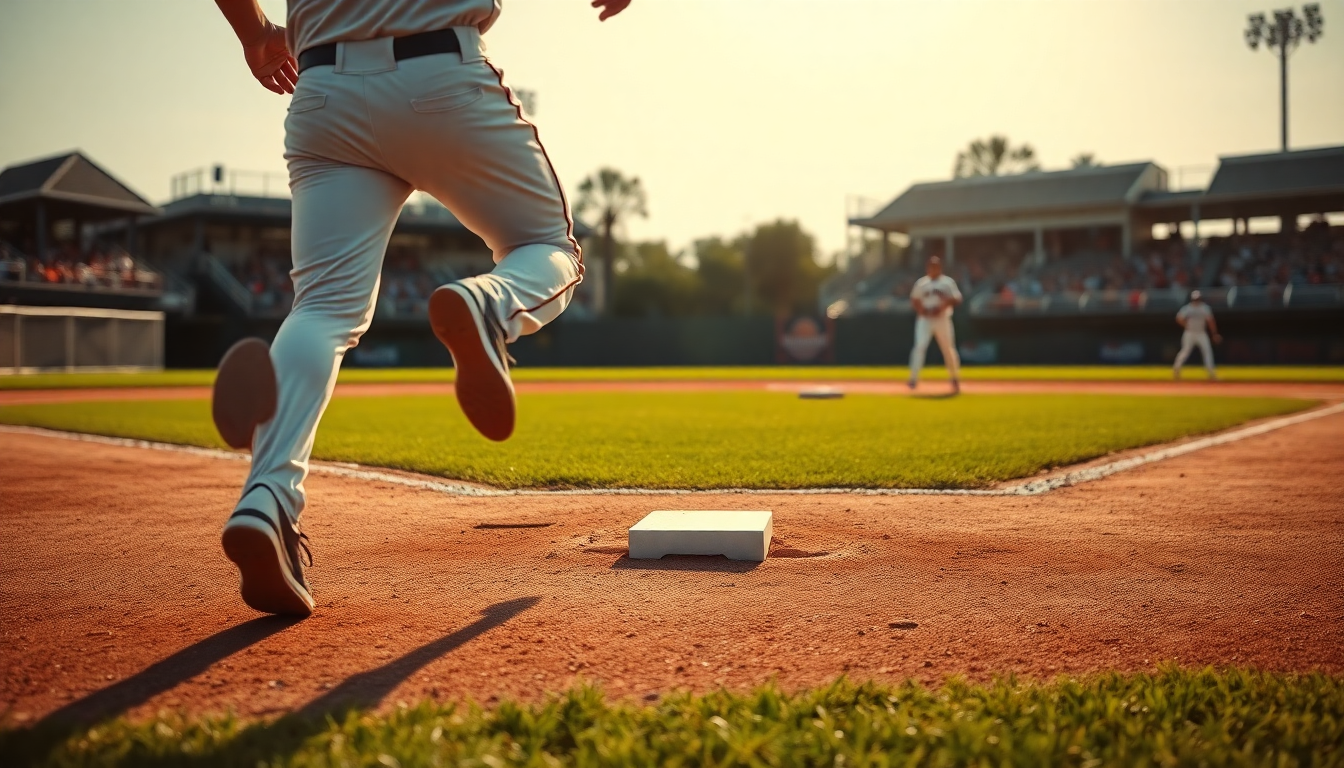Table of Contents
Baserunning is a crucial part of baseball that can really make or break a team’s performance. When done right, it can be a game-changer, but even the slightest mistake can lead to major setbacks. Recent matchups have shown how a slip in judgment can turn into a defining moment, affecting not just the game’s outcome but also the players’ confidence and strategies for future games.
Take the recent blunder by San Francisco Giants outfielder Heliot Ramos, for example—it illustrates just how fast things can shift on the base paths.
The Incident: A Misstep on the Base Paths
In a recent game against the Pittsburgh Pirates, the Giants were struggling to find their rhythm, eventually falling to a 3-1 defeat.
The turning point came in the first inning. Ramos, who was on second base, misjudged a critical pop-up hit by teammate Matt Chapman. As luck would have it, Pirates’ third baseman Ke’Bryan Hayes let the ball drop instead of catching it, trying to set up a double play.
Ramos, caught off guard by Hayes’s move, found himself too far from second base. With a quick throw to second baseman Nick Gonzalez, the Pirates executed a rapid double play, snuffing out any momentum the Giants had hoped to build.
Reflecting on the blunder, Ramos called it a “mental error,” expressing regret for overthinking the moment and recognizing the need to step up his game.
Implications of Baserunning Mistakes
Mishaps on the base paths, like what Ramos went through, can shake up a team’s dynamic.
They don’t just impact the immediate play; they can send ripples through the rest of the game, affecting players’ mindsets and the team’s overall strategy. For instance, the Giants’ failure to capitalize on their opportunities didn’t just cost them the game; it also piled on pressure to their already strained pitching and defense.
Moreover, these kinds of errors can chip away at players’ confidence. As Ramos put it, “I’m just trying to get better, do better every day.” This mindset is crucial because repeated mistakes can create a cycle of doubt and hesitation, which can seriously hinder a player’s performance and drag down team morale.
Learning from Errors: Strategies for Improvement
To reduce the risk of baserunning blunders, teams need to focus on situational awareness and mental readiness during practice. It’s not just about honing physical skills; players must also sharpen their decision-making in high-pressure situations. By understanding game scenarios and anticipating how plays might unfold, players can react more swiftly and cut down on those costly mistakes.
Additionally, fostering a culture of communication among players during games is key. When players feel comfortable talking to one another, it keeps everyone on the same page and aware of their surroundings. The goal should be to build a cohesive unit that can execute plays smoothly and support each other, whether they’re riding high on success or dealing with setbacks.
Looking Ahead: The Path to Recovery
As the Giants look to bounce back, it’s essential for them to learn from these experiences and come up with strategies to avoid similar slip-ups in the future. While the challenges of the season can feel overwhelming, these moments also offer valuable opportunities for growth. By dissecting errors and implementing practical solutions, teams can emerge stronger and more resilient.
Ultimately, grasping the importance of smart baserunning will be crucial for the Giants as they work to boost their performance and aim for greater success in upcoming games. With an emphasis on learning and adapting, they have the chance to turn these setbacks into stepping stones for future victories.





